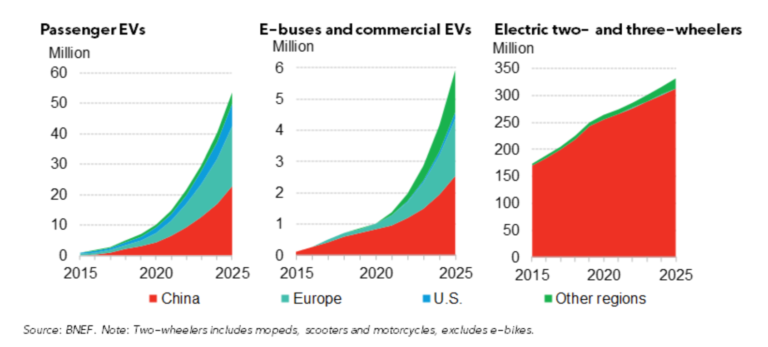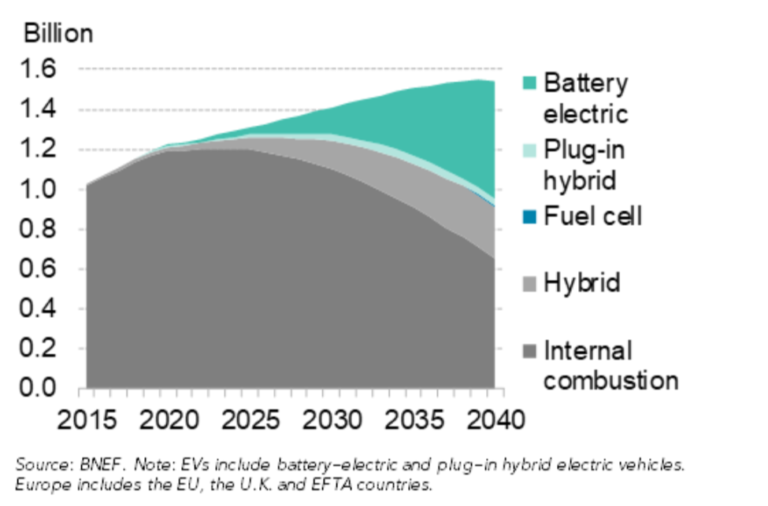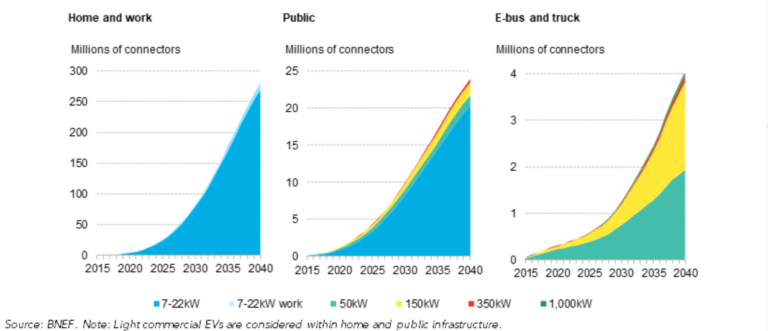Friday 11 June 2021
We are pleased to announce that earlier this week we successfully filed another new patent at the European Patent Office. This one covers an invention that the company has made for a much-improved form of wireless charging for all kinds of electric vehicles.
The invention leverages the capability of Enertechnos’ CTS cable to deliver substantial amounts of power at high frequency over distance, something that is simply not possible with conventional cable. Whilst Enertechnos’ primary focus is on the use of CTS cable in distribution grids, this opportunity to use CTS technology as we transition into an era of decarbonisation of the transport sector is particularly exciting.
Wireless EV charging works much the same way as your electric toothbrush or smartphone charger, except on a larger scale.
The timing of the filing is propitious with Bloomberg having also published its 2021 Electric Vehicle outlook Report on Wednesday. Striking statistics that stand out to us the most include:
- More than 50 million passenger EVS sold globally per year by 2025
- Global fleet of passenger EVs more than 610 million by 2040
Global number of charging points required (home-work and public) circa 300 million by 2040.
Here are some graphs extracted from the report that we found particularly interesting:

Global EV fleet by segment and market

Global passenger vehicle fleet outlook by drivetrain

Cumulative global installed charging infrastructure by category: home and work, public, commercial
At Enertechnos, we strongly believe that there will be an overwhelming demand for wireless charging for these vehicles. Decarbonisation of the transport sector means there will be an uptake in EVs. But the inconvenience for consumers to carry around 2 – 3 metre lengths of heavy, dirty cable to connect their cars to the grid, especially in urban areas where there is little or no off-street parking makes us confident that there will be a rise in demand for wireless EV charging sooner than we realise. Imagine instead being able simply to park in a supermarket car park or beside the road and, with no manual intervention, charge your vehicle. The applications are not just for passenger cars – forklifts in warehouses, baggage carts at airports, even delivery drones are all candidates.
Watch this space for more updates on Enertechnos’ progress with wireless EV charging infrastructure.


